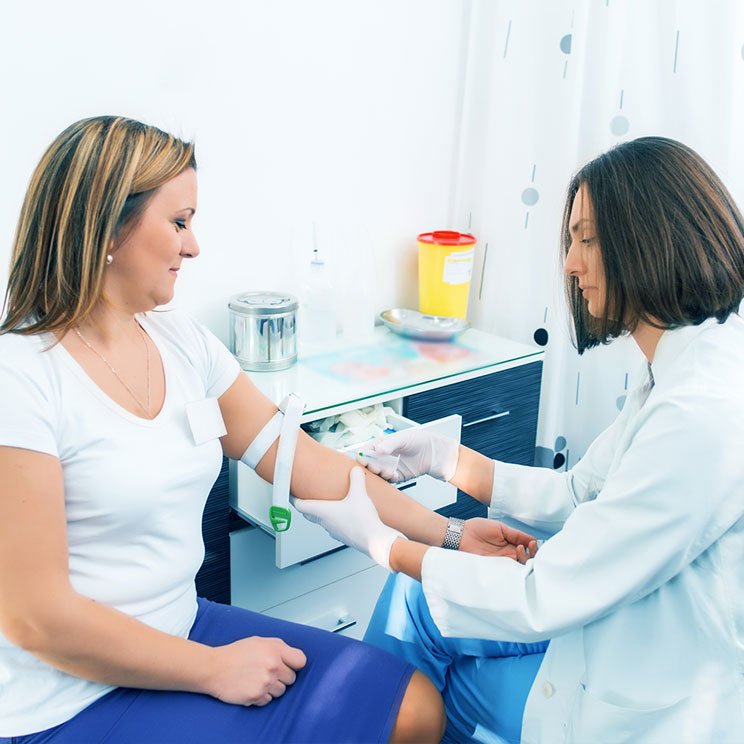Complete Guide to Phlebotomy Certification: Benefits, Requirements, and How to Get Certified
Embarking on a career in healthcare often begins with specialized training and certification. if you’re interested in becoming a phlebotomist-the vital professional responsible for drawing blood samples for medical testing-getting certified is a crucial step. this thorough guide will walk you through the benefits of phlebotomy certification, the essential requirements, and practical tips on how to earn your certification successfully. Whether you’re starting your healthcare journey or seeking to advance your current role, this article provides valuable insights to help you achieve your goals.
What Is Phlebotomy Certification?
Phlebotomy certification is an official credential that validates your skills and knowledge as a professional trained to draw blood in medical settings.Certified phlebotomists operate in hospitals, clinics, laboratories, blood banks, and outpatient facilities, contributing considerably to patient care and diagnostic processes.
while some states permit phlebotomy practice without certification, most employers prefer or require certified professionals, making certification a valuable asset for employment and career advancement.
Benefits of Becoming a Certified Phlebotomist
Obtaining phlebotomy certification offers several advantages that can enhance your career trajectory and personal development:
- Better job prospects: Certified phlebotomists are often preferred by employers due to their validated skills.
- Higher earning potential: Certification can lead to increased wages compared to non-certified counterparts.
- Increased credibility and confidence: certification demonstrates professionalism and expertise to patients and colleagues.
- Legal competence: In regions where certification is mandatory, having it ensures eligibility to practice legally.
- Career advancement opportunities: Certification can open doors to supervisory roles or specializations within phlebotomy.
Phlebotomy Certification Requirements
While specific certification requirements can vary by state and certifying agency, the following are the common prerequisites:
General Requirements
- Minimum age of 18 years old
- High school diploma or GED
- Completion of a state-approved phlebotomy training program
- Passing the certification exam
Training Program Details
The training program typically covers:
- Blood collection techniques
- Anatomy and physiology
- Patient interaction and safety procedures
- Handling and disposal of specimens and sharps
- Infection control practices
Required Documentation
Applicants generally need to submit:
- Proof of completed training program
- Evidence of high school diploma or equivalent
- Application form and fee
Popular Organizations Offering Phlebotomy Certification
Some well-recognized certifying bodies include:
| Association | Certification offered | Exam Format | Validity Period |
|---|---|---|---|
| American Society for Clinical Pathology (ASCP) | Certified Phlebotomy Technician (CPT) | Computer-based | 3 years |
| National Healthcareer Association (NHA) | Certified Phlebotomy Technician (CPT) | Computer-based | 2 years (renewable) |
| American Medical Technologists (AMT) | Registered Phlebotomy Technician (RPT) | Computer-based | 3 years |
Step-by-Step Guide on How to Get Certified in Phlebotomy
- Complete a Certified Phlebotomy Training program: Choose a program accredited by recognized agencies like the ASCP or NHA to ensure quality training.
- Gain Practical Experience: Participate in hands-on clinical practice to develop confidence and competence in blood collection techniques.
- Prepare for the Certification Exam: Study the exam content outline provided by the certifying organization, utilize practice exams, and review key topics.
- Apply for Certification: Submit your application along with necessary documents and fees to the certifying agency.
- Pass the Certification Exam: Successfully complete the exam to earn your phlebotomy certification.
- Maintain Certification: Engage in continuing education and renew your certification before it expires.
Practical Tips for Aspiring Phlebotomists
- Choose Accredited Training Programs: ensure your training is recognized to meet certification requirements.
- Practice Patient Interaction Skills: Develop excellent communication skills to reassure and comfort patients.
- Understand Safety Protocols: Prioritize infection control and proper handling of specimens.
- Stay Updated: Keep current with updates in phlebotomy procedures and certification requirements.
Case study: From Novice to Certified Phlebotomist
jane Doe,a recent graduate,decided to pursue a career in healthcare. She enrolled in a reputable phlebotomy training program, completed her coursework and clinical practice, and successfully passed the NHA Certified Phlebotomy Technician exam. Today, Jane works at a busy urban hospital, earning a competitive salary, and has plans to specialize further in blood banking. Her journey highlights how certification can open doors to rewarding healthcare careers and professional growth.
final Thoughts
Obtaining phlebotomy certification is a foundational step toward a prosperous career in healthcare. It validates your skills, increases job opportunities, and enhances your credibility as a healthcare professional. By understanding the certification process, meeting the necessary requirements, and preparing diligently, you can achieve your goal of becoming a certified phlebotomist. Whether you’re just starting or looking to advance, this certification can be your gateway to a fulfilling and impactful healthcare profession.
Conclusion
Embarking on a career in phlebotomy offers numerous opportunities to contribute to patient care and diagnostics. With the right training, dedication, and certification, you can establish yourself as a trusted healthcare professional in this vital field.Use this guide as your roadmap to understand the benefits,requirements,and steps necessary to become a certified phlebotomist. Start your journey today and pave the way toward a rewarding healthcare career!
